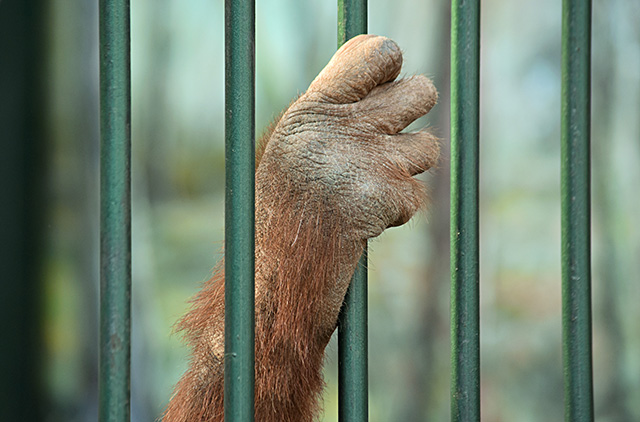Five Ways to Make Your Backyard More Animal-Friendly
Five Ways to Make Your Backyard More Animal-Friendly
Urbanization has greatly reduced green spaces, making it challenging for wildlife to find suitable habitats. Backyards offer valuable opportunities to support local wildlife. A majority of households have some form of outdoor space, providing a significant opportunity to support biodiversity. Here are five ways to make your backyard more welcoming for wildlife:
1. Install Bird Feeders
Bird feeders provide a consistent food source for birds, attracting a wide variety of species to your backyard. It may be a good idea to research the types of birds that live in your area first to tailor your feeders to their preferences. Understanding the local bird population can help you choose the right types of feeders and food. For example, tube feeders are ideal for small birds like finches and chickadees, as they have small perches and ports that suit their feeding habits. In contrast, platform feeders, which are flat and open, can accommodate larger birds such as cardinals, jays, and doves, offering them ample space to perch and feed comfortably. Additionally, placing your feeders in strategic locations can enhance their effectiveness. Positioning feeders at different heights and areas around your yard can create a diverse feeding environment that attracts more species. Maintaining your feeders is crucial for the health of the wildlife. Regularly cleaning the feeders to prevent the spread of diseases and ensuring they are stocked with fresh food are good practices.
2. Provide Water
Water is essential for all living creatures, making it a critical component of a wildlife-friendly backyard. By providing a reliable water source, you can attract a wide range of animals including birds, mammals, insects, and amphibians. Simple additions like birdbaths, shallow dishes, or small ponds can serve as drinking and bathing spots. It’s important to keep the water clean and change it regularly to prevent stagnation and mosquito breeding. Including features such as a fountain or bubbler can create movement in the water, making it even more attractive to birds and other animals.
3. Plant Trees and Shrubs
Planting trees and shrubs is one of the most effective ways to create a supportive habitat for wildlife. Trees and shrubs supply food, shelter, and nesting sites for many animals including birds, insects, and small mammals. Native species are particularly beneficial as they are well-adapted to the local climate and soil, and they support local ecosystems by attracting native insects and pollinators. Trees like oaks and maples can offer food in the form of acorns and seeds, while shrubs such as berry bushes can produce fruits that sustain wildlife throughout the year. The dense foliage of trees and shrubs offers protection from predators and harsh weather conditions, creating a safe haven for animals. By incorporating a mix of evergreen and deciduous plants, you can ensure that your backyard provides year-round resources and shelter for wildlife.
4. Create Compost Piles
Creating compost piles in your backyard is an excellent way to recycle organic waste while providing a valuable habitat for wildlife. Compost piles attract a variety of insects, worms, and microorganisms that break down organic material, turning it into nutrient-rich compost. These decomposers also serve as a food source for birds and small mammals. As the organic matter decomposes, it enriches the soil, promoting healthier plants that support even more wildlife. Composting also reduces waste sent to landfills, contributing to environmental sustainability. By maintaining a compost pile, you enhance your garden’s fertility and provide resources for wildlife, creating a thriving and sustainable backyard environment.
5. Reduce Light Pollution
Reducing light pollution in your backyard is essential for supporting nocturnal wildlife. Excessive artificial lighting can interfere with the natural behaviors of animals such as bats, moths, and certain bird species. In order to minimize the impact, use outdoor lighting only when necessary and choose motion-sensor lights that activate briefly when triggered. Select fixtures that direct light downward to limit the spread of light into natural areas and prevent skyglow. Opting for warmer-colored bulbs can also reduce the disruption to wildlife. By taking these measures, you create a more natural night-time environment that benefits nocturnal creatures, conserves energy, and enhances your enjoyment of the night sky.
for News and Updates!



